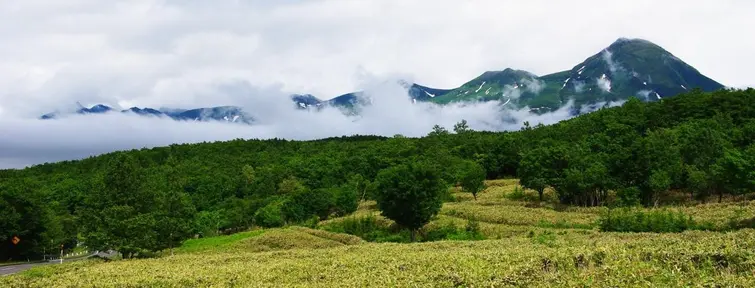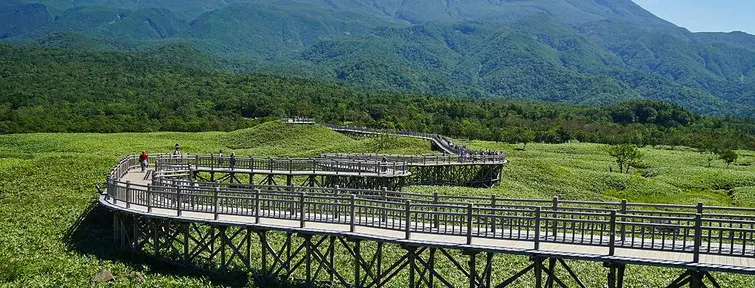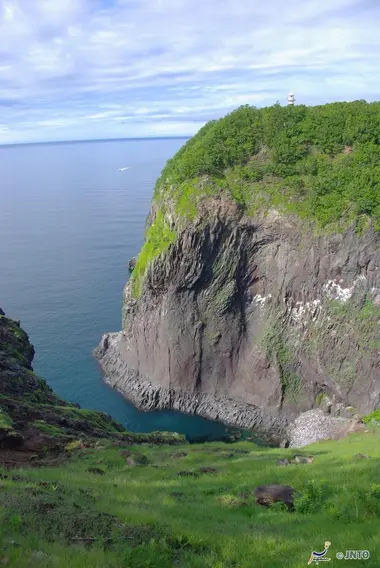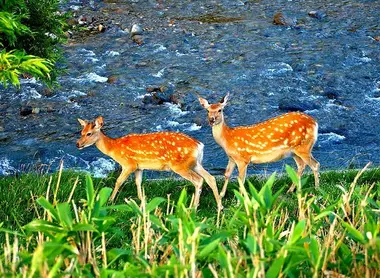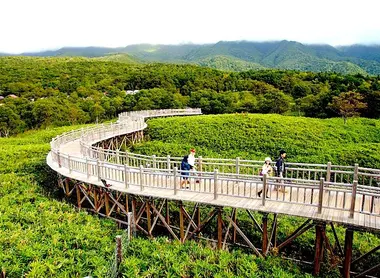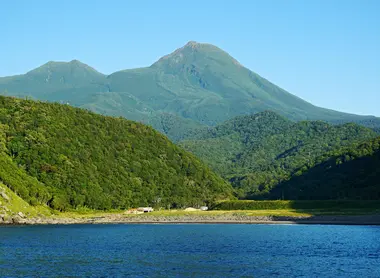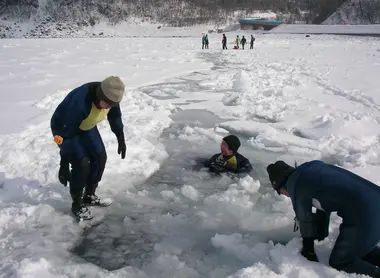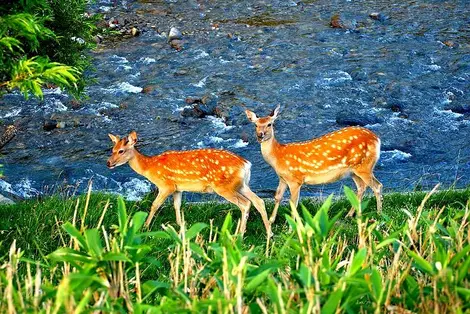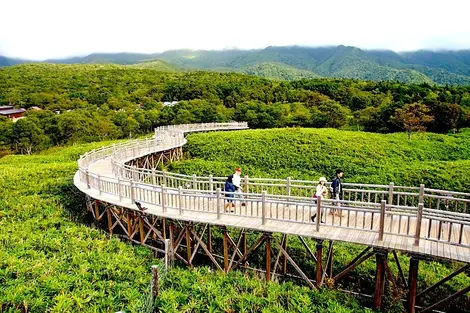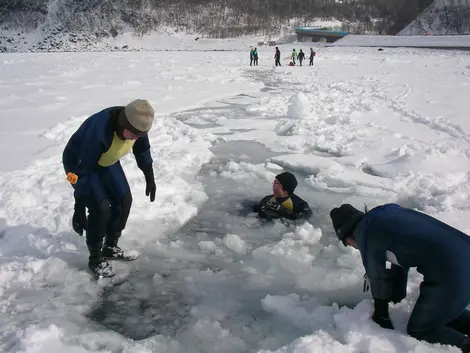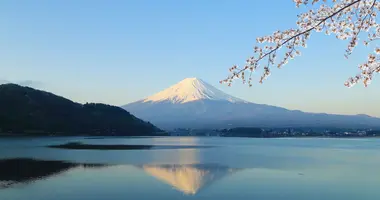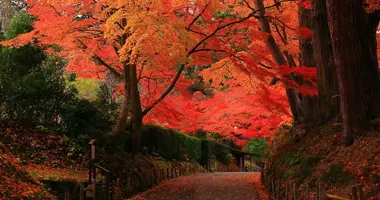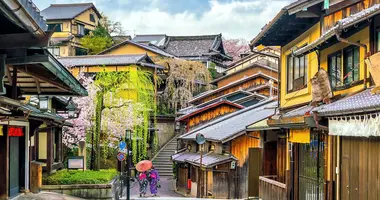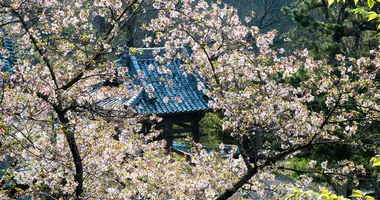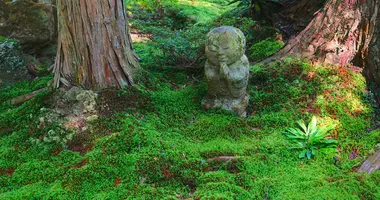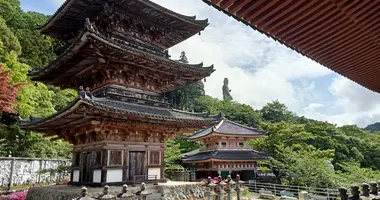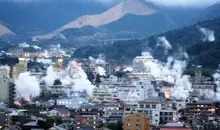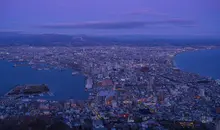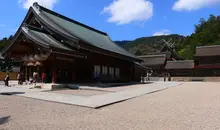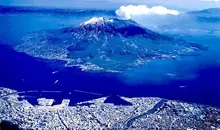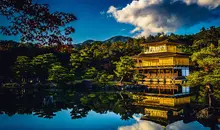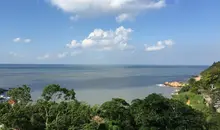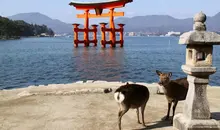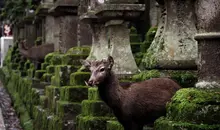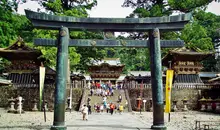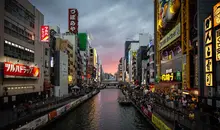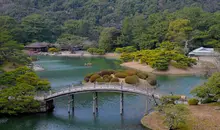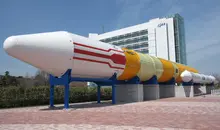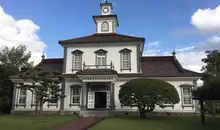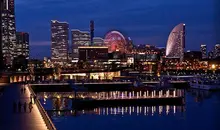Shiretoko
- Published on : 15/10/2020
- by : G.L. / O.F.
- Youtube
Local Time 04:27
Symbol : cloudy
Temp : -5.3°C
Date : Today
Symbol : sunny_cloudy
Temp : -5.1°C
Date : Tomorrow
Symbol : cloudy
Temp : -8.8°C
Date : Friday
Symbol : sunny
Temp : -5.3°C
Date : Saturday
Local Time 04:27
Symbol : cloudy
Temp : -5.3°C
Date : Today
Symbol : sunny_cloudy
Temp : -5.1°C
Date : Tomorrow
Symbol : cloudy
Temp : -8.8°C
Date : Friday
Symbol : sunny
Temp : -5.3°C
Date : Saturday
Shiretoko, Hokkaido: Where nature roams free
The Shiretoko Peninsula, in northeast Hokkaido, is one of Japan's wildest and most unspoiled regions. Listed as a UNESCO World Heritage Site since 2005, it offers breathtaking scenery between the Sea of Okhotsk and volcanic mountains. In the language of the Ainu people, "sir-etok" literally means "the end of the earth", perfectly illustrating this isolated territory where nature reigns supreme. This unique region offers total immersion in exceptional biodiversity, varied seasonal experiences and spectacular panoramas that reward those who venture to this Japanese "end of the world".
How to reach the Shiretoko Peninsula
Travellers have several options for reaching this isolated natural gem in northeast Hokkaido. The nearest airport is Memanbetsu, accessible by direct flight from Tokyo (Haneda airport) in around 1h40. From there, an express bus links the airport to the Utoro Onsen bus station on the peninsula in approximately 2 hours.
From Sapporo, the capital of Hokkaido, an overnight bus is available to Shiretoko's main terminals and hotels, with a journey time of around 8 hours. By train, the nearest station is Shiretoko-Shari, some 40 km west of the park, accessible from Abashiri in 40 minutes (840 yen). Buses run from Shari to Utoro from April to October (1 hour, 1,650 yen).
Car rental remains the most practical option for visiting the region, as local public transport is limited. If you're traveling from Tokyo, you can take the Hokkaido Shinkansen to Shin-Hakodate, then the express train to Sapporo, and rent a car from there. The national park is about 450 km from Sapporo, a 6-7 hour drive.
Please note that the road between Utoro and Rausu across the peninsula (Shiretoko pass) is closed in winter due to snow. This scenic 30 km road offers spectacular mountain and sea views when open.
Must-see natural sites in Shiretoko
The Shiretoko peninsula is brimming with exceptional natural sites that bear witness to the raw power and beauty of nature. The five Shiretoko lakes (Shiretoko Goko) are the park's most emblematic attraction. Formed a few hundred years ago following an eruption of Mount Io, these five small volcanic lakes offer a magnificent spectacle in the heart of wild nature. An 800-metre elevated wooden path leads to the first lake, offering breathtaking views of the Sea of Okhotsk and surrounding mountains.
The Shiretoko Pass (Shiretoko Tōge), culminating at 740 meters above sea level, links Utoro to Rausu and offers spectacular views of Mount Rausu, the region's main peak. On the way back down to Rausu, on a clear day you can see the disputed island of Kunashiri (occupied by Russia but claimed by Japan).
Cape Shiretoko, at the tip of the peninsula, truly represents "the end of the earth". Although this area is closed to the public to preserve its fragile ecosystem, it is possible to observe this wild promontory during boat cruises. This area is home to the highest concentration of brown bears in Japan, evolving in an environment almost untouched by human intervention.
Also not to be missed is Cape Puyuni, a prime observation point for watching the sunset and, in winter, the arrival of the first drifting ice. Located on the peninsula's northern coast, it offers a breathtaking panorama of the marine horizon.
Seasonal activities
Shiretoko is a destination that changes with the seasons, offering unique experiences all year round. In spring and summer (late April to September), hiking takes center stage. You can explore Shiretoko's five lakes, hike the marked trails leading to the waterfalls, or climb to Mount Rausu, the peninsula's highest point at 1,660 metres. This period is also ideal for wildlife-watching cruises, with the possibility of spotting brown bears fishing along the coast or whales moving offshore.
In autumn, the park is decked out in flamboyant colors, offering spectacular scenery. The peninsula's mixed forests, with their painted maples and Mongolian oaks, create an impressive natural tableau. It's also a great time to see salmon returning to the rivers to spawn, attracting bears in search of food before hibernation.
Winter transforms Shiretoko into a fairytale landscape. Between late January and early April, you can observe the unique phenomenon of drift ice (ryuhyo) from the Amur River in Russia, gradually covering the Sea of Okhotsk. This floating ice attracts numerous seabirds, including majestic Steller's eagles. Winter activities include snowshoe hikes, guided excursions on the pack ice where you can walk on the ice wearing a dry suit, and even the possibility of diving under the pack ice for the more adventurous.
For astronomy enthusiasts, night-time tours are organized throughout the year to observe the stars in this place preserved from light pollution, with the possibility of admiring meteor showers depending on the season.
Discover exceptional flora and fauna
Shiretoko is home to an exceptionally rich ecosystem, which has earned it recognition by UNESCO. The terrestrial fauna includes 36 mammal species, the most emblematic of which is the brown bear. With an estimated population of several hundred, Shiretoko has one of the highest densities of brown bears in the world. These imposing plantigrades can be seen from boats along the coast, fishing for salmon or strolling with their cubs along the shore.
The region is also home to the Blakiston's ketupa (also known as the fishing owl), one of the world's largest and most endangered species of owl. The forests are also home to foxes, sika deer and a variety of other mammals.
On the sea side, the rich marine biodiversity includes 22 species of marine mammals, including the Steller sea lion, various species of whales (Minke whale, fin whale), dolphins, Dall's porpoises and spotted seals. The fish-filled waters also attract some 285 species of birds, including sea eagles, white-tailed eagles and Steller's eagles, the latter wintering in the region by the thousands.
Shiretoko's flora is equally remarkable, with some 872 species of vascular plants recorded, including 233 alpine species. Mixed coniferous and deciduous forests can be found in the lower zones, composed mainly of Sakhalin fir, Japanese spruce, Mongolian oak and maple. At higher altitudes, these forests give way to Erman birch and creeping pine. Rare and endemic species include Viola kitamiana, a violet found nowhere else in the world.
Cruises and hikes to explore the national park
Cruises are one of the best ways to discover Shiretoko, providing access to otherwise inaccessible areas. From the port of Utoro on the west coast, boats depart regularly between late April and late October to cruise along the cliffs of the peninsula. These hour-long excursions offer spectacular views of craggy rock formations, sea caves and waterfalls flowing directly into the sea, such as Kamuiwakka Falls.
Cruises are also an ideal opportunity to observe wildlife in complete safety, including brown bears that come to fish on the pebble beaches, as well as colonies of dolphins and sometimes even whales. From the town of Rausu on the east coast, specialized whale-watching cruises operate most of the year, while in winter, excursions are organized to admire sea eagles and pack ice.
For hiking enthusiasts, there are several marked trails to explore the park's natural riches. The Five Lakes Boardwalk is one of the most accessible and popular. Visitors have two options: an 800-metre elevated wooden footbridge, ideal for families and accessible to the mobility-impaired, or the overland trails around the lakes (between 40 minutes and 1.5 hours' walk).
Other hikes lead to the Furepe Falls ("maiden tears"), fed by rain and snow from the mountains, or the impressive Oshinkoshin Falls, 80 metres high and counted among the 100 most beautiful waterfalls in Japan. For the more adventurous, the ascent of Mount Rausu offers a more substantial challenge, rewarded by a 360° view all the way to Kunashiri Island on a clear day.
Practical advice and safety tips for visiting Shiretoko
Because of its wild and isolated nature, a visit to Shiretoko requires some preparation and precautions. The presence of brown bears is a risk factor not to be overlooked. If you're going hiking, always check with the park's information center beforehand for the latest bear sightings and any trail closures. It's a good idea to make noise while hiking to signal your presence, for example by talking loudly or attaching a small bell to your backpack.
Strict regulations apply to the land trails of the five lakes. From May 10 to July 31, when bears are most active, hiking is only permitted with a certified guide. The rest of the year, access is free for an entrance fee, but trails may be closed if bears are present.
To avoid attracting wild animals, it is important never to carry food on your hikes (only water is allowed). Avoid approaching bears or other wild animals if you see them.
As for the weather, always check the forecast before you leave, as conditions can change rapidly. Even in summer, be sure to pack warm clothing, as temperatures can plummet, especially at higher altitudes. In winter, make sure you're equipped for sub-zero temperatures.
For winter activities on the pack ice, follow the guides' instructions to the letter. Excursions are only offered when conditions are safe, but outings can be cancelled at the last minute if the weather changes.
Finally, bring plenty of cash, as ATMs are rare in this remote region, and not all shops accept credit cards.
Where to stay and what to eat in the region
To make the most of your stay in Shiretoko, there are several accommodation options available. Utoro, on the west coast, is the region's main tourist center and offers a variety of accommodations, from large hotels to traditional inns (ryokan). The Kitakobushi Shiretoko Hotel & Resort is particularly popular for its onsen (thermal bath) overlooking the sea and its restaurant serving fresh seafood. Located just a 5-minute walk from Oronko Rock, this establishment also offers a communal lounge with access to free drinks and a magnificent view of the harbor.
For a more authentic experience, the Kifu Club guesthouse in Utoro offers Japanese chalet-style accommodation with outdoor onsen, ideal for relaxing after a day's exploring. You'll find a warm, family atmosphere.
A travel guide to the island of Hokkaido, of which Shiretoko is a part, is renowned for its gastronomy, especially its incomparably fresh seafood. In Utoro, numerous restaurants line the fishing port, offering the catch of the day: giant crabs, sea urchins and generous portions of ikura (salmon roe), specialties for which Hokkaido is famous.
Don't miss theuni-don, a bowl of rice topped with fresh sea urchins, particularly delicious between late June and August when the urchins are at their peak. Jingisukan (grilled lamb), named after Genghis Khan, is another local specialty, ideal for warming up during the cold months. For a unique culinary experience, try zangi, a marinated fried chicken from the town of Kushiro that has become a staple of local cuisine.
In Rausu, a fishing town less touristy than Utoro, the restaurants are more authentic and fewer in number, but the quality of the seafood remains exceptional. For a truly unique experience, visit the Seseki Onsen, a natural thermal bath built directly into the sea and accessible only at low tide. To access it, you need to ask permission from the fisherman whose house is nearby.
Between tasting fresh seafood and relaxing in the natural onsen, your stay in Shiretoko will also be a culinary and wellness journey, rewarding you after long days exploring this wild and unspoilt nature.
Our tours in Shiretoko
Interested by Shiretoko
Discover other cities to explore
